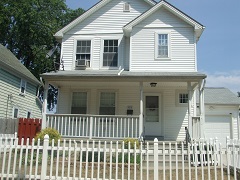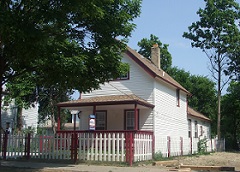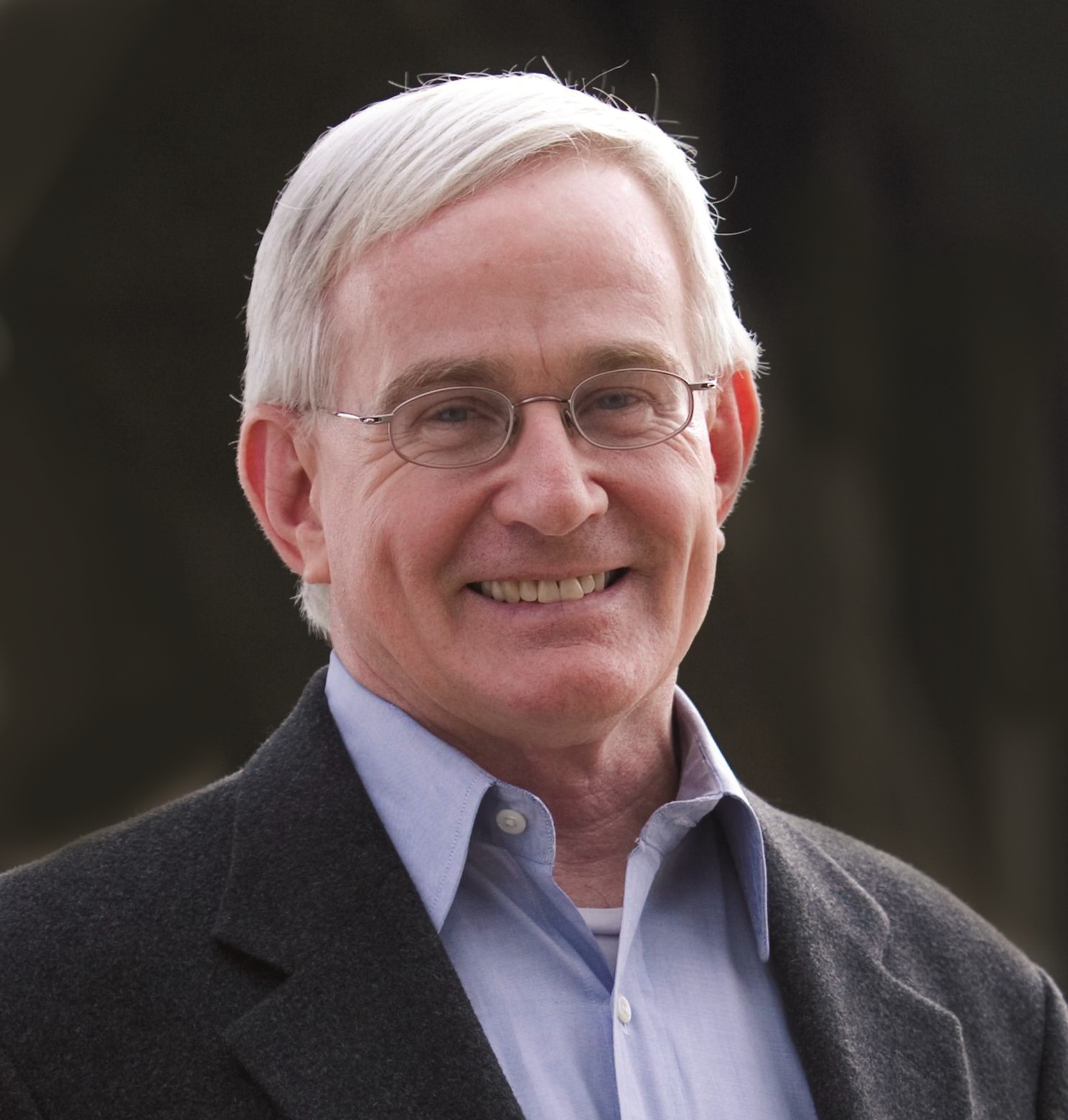GOPC report details opportunities for market-rate residential investment in Akron’s neighborhoods

The Build in Akronreport, produced with the support of the John S. and James L. Knight Foundation, finds that many of Akron’s neighborhoods can already support additional market-rate housing and many more could attract new development through strategic interventions that have been employed successfully in other cities in Ohio.
Build in Akron features a market analysis by DiSalvo Development Advisors that categorizes Akron’s neighborhoods by the kinds of interventions necessary to bolster the housing market. The analysis categorizes neighborhoods into four groups, which are displayed on aninteractive map available here. The report found that all neighborhood types have opportunities for regrowth but are at different stages in the market-building process.
Based on interviews with local homebuilders and research about strategies used successfully in similar cities in Ohio, the report also outlines a series of interventions the City of Akron and other stakeholders can use to create the conditions for additional development. These strategies are customized for and targeted to the four neighborhood types and are illustrated with examples of other cities in Ohio that have used them successfully. The strategies are:
- Concentrate on rebuilding the downtown rental market. A strong downtown rental market not only draws new residents who are looking for urban living options, but creates a pipeline of potential buyers throughout Akron’s neighborhoods.
- Create additional mixed-use districts to broaden the appeal of urban living. Newer mixed-use developments in Akron have shown that there is pent-up demand for market-rate housing in a dense, urban environment. Mixed-use districts can encourage additional developers to follow suit in investing in a neighborhood.
- Creatively address the challenges of lower appraised values. As also reported in the City of Akron’s Planning to Grow Akron report, low home values discourage market-rate developers from building in the city. Other cities in Ohio, particularly Youngstown and Cleveland, have found creative ways to strategically address this challenge.
- Strategically deploy incentives like tax abatements. All similarly-sized cities in Ohio make residential tax abatements available, at least in certain neighborhoods. Research shows that this tool could help boost additional investment in Akron as well, but is unlikely to rebuild market strength without complementary strategies.
- Find mutual interest with hospitals and health systems in neighborhoods. Hospitals and health systems in Ohio and beyond have a growing interest in promoting strong, healthy neighborhoods through investments in housing and community development.
- Encourage market-rate and affordable development by community development corporations (CDCs). CDCs have proven to be important, on-the-ground partners for market-rate developers in other Ohio cities. Building the capacity of existing CDCs and supporting the growth of new ones could create opportunities for catalytic investment.
- Leverage the real-estate development abilities of public or quasi-public agencies. Land banks and port authorities have legal tools and access to funding sources that make them valuable potential partners for residential investment.







